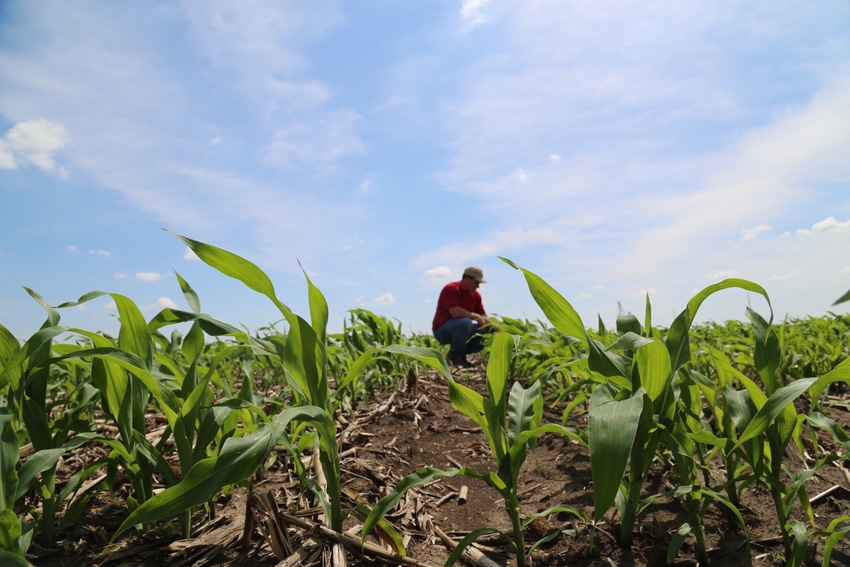December 9, 2016

Think different
Monitor water leaving your farm for nitrate-N.
Contact your watershed, NRCS and commodity group for funding opportunities.
Dollars are limited...move quickly when cost sharing windows open.
----------
Iowa farmer Kurt Hora is on the front line to advocate for conservation practice funding. The Iowa Corn Growers Association (ICGA) president works with the legislature and a number of coalitions, trying to grow financial resources.
As a farmer, he knows money is needed, especially to increase relatively new Edge of Field (EOF) practices like bioreactors, saturated buffers and nutrient treatment wetlands. They have proven effective, second only to land use changes, in removing nitrate-N.
Money helps alter practices
"One challenge to put a new practice into operation is altering what you've been doing," says Hora. "Guaranteed funding of EOF practices would let me know there is assistance available to get the practices working properly over time."
Coalitions of commodity groups like the ICGA and the Iowa Soybean Association (ISA) are working with federal and state agencies and nonprofits to locate funding for EOF practices. A combination of new funds and refocus of existing funding is working to address the deficit.
Approval of standards for bioreactors and saturated buffers by the Natural Resource Conservation Service (NRCS) means they can be added to the list of Environmental Quality Improvement Practices (EQIP) eligible for federal cost shares of up to 75% or higher, depending on the watershed.
To further target available dollars, ISA Environmental Programs and Services (EPS) received a grant from the Iowa Department of Agriculture and Land Stewardship (IDALS) to identify watersheds where EOF practices would have the best fit. Extensive tile outlet monitoring by EPS is showcasing the need.
"When farmers see the data we are gathering, they ask what they can do," says Keegan Kult, ISA environmental scientist. "Those with EOF practices can see what they are getting in reduced nitrate-N."
Iowa Agriculture Water Alliance (IAWA) and IDALS along with 46 partners are aligning $48 million to improve water quality in watersheds, with $9.5 million from the NRCS for EOF and other conservation practices, according to Sean McMahon, executive director, IAWA.
City utility investment credits?
McMahon estimates meeting the state's Nutrient Reduction Strategy would require 120,000 bioreactors and saturated buffers and about 7,000 wetlands. Total costs have been estimated as high as $4 billion. 
Farmer David Ausburger of Jefferson, left, walks with Sean McMahon, executive director of the Iowa Agriculture Water Alliance, in a field of cover crops on Ausburger's property. Ausburger is growing a mix of radish, rye and sorghum sudangrass in the field. (Photo by Christopher Gannon/Iowa State University)
"We are working with the Iowa League of Cities on a policy framework to give utilities credits for investing in farmer-implemented conservation practices," says McMahon. "Wetlands can remove N at 23¢ per pound versus as much as $30 per pound with infrastructure improvements. If we can identify ways such as these to pay for the EOF practices, farmers will install them."
About the Author(s)
You May Also Like




